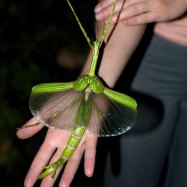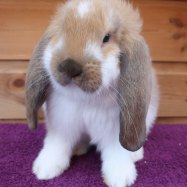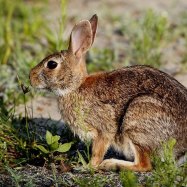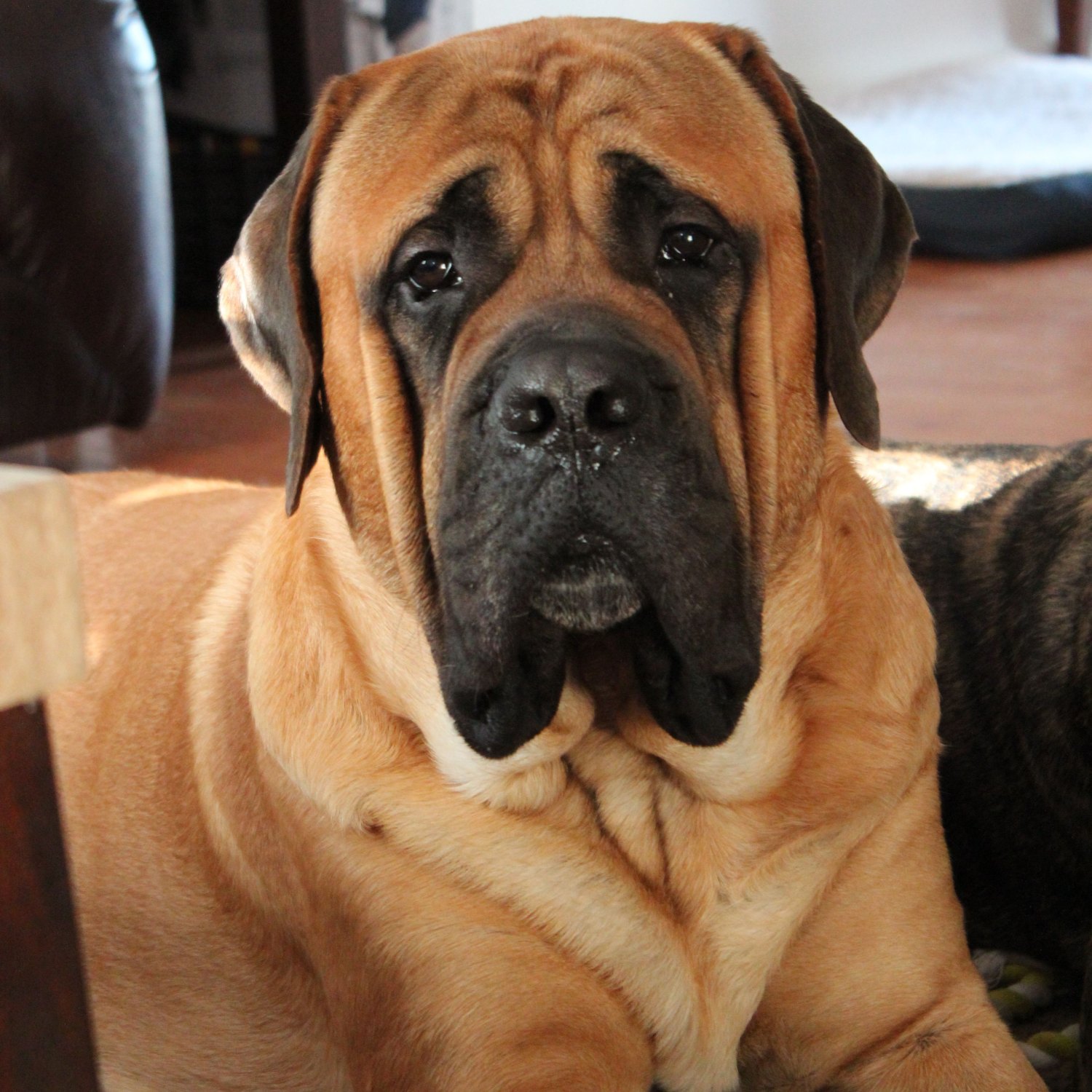
Mastiff
Female: 27-29 inches, Male: 29-30 inches
Mastiffs are majestic and loyal dogs belonging to the Canidae family. Females can grow up to 27-29 inches and males can reach 29-30 inches in length. With a powerful and muscular body shape, they are well-suited for both urban and rural living. Known for their loyalty and protectiveness, they make great family pets.
Animal Details Summary:
Common Name: Mastiff
Kingdom: Animalia
Habitat: Various habitats
The Mighty Mastiff: A Guide to the Powerful Canine
From ancient guard dogs to modern-day beloved pets, the Mastiff has been a loyal companion throughout human history. With its powerful and muscular body, this canine has made a name for itself as a fearless protector and a gentle giant. But there is much more to this mighty mastiff than meets the eye. In this article, we will delve into the world of the Mastiff, exploring its history, characteristics, and role in today's society Mastiff.The Origins of the Mastiff
The Mastiff, also known as Canis lupus familiaris, is a member of the Canidae family and is classified under the Carnivora order. This noble breed has its roots in ancient England, dating back to the Roman invasion in 55 B.C. It is widely believed that the Mastiff was descended from the ancient Molosser dogs, which were used by the Greeks and Romans as war dogs.During the Middle Ages, the Mastiff was widely used as a guard dog, protecting castles and estates from intruders. Its powerful and intimidating size, coupled with its undying loyalty, made it the ultimate protector for its owners. In addition to this, the Mastiff was also recognized for its impressive hunting skills, used to take down large game animals such as boars, bears, and even wolves. With its unwavering courage and strength, it's no wonder this canine was highly valued and sought after.
Anatomy and Physical Attributes
One of the most distinctive features of the Mastiff is its size Miki. Females can reach 27-29 inches in height, while males can grow up to 29-30 inches. In terms of weight, females can range from 120-170 pounds, while males can weigh anywhere from 160-230 pounds. This makes the Mastiff one of the largest dog breeds in the world.But don't let their size intimidate you, as they are known for their gentle nature and are often referred to as "gentle giants." However, this does not mean they are not formidable. With their powerful and muscular bodies, they are more than capable of protecting their owners and taking down any potential threats.
Their coat color can vary, but fawn, apricot, and brindle are the most common colors seen in Mastiffs. Their short, dense coat requires minimal grooming, making them a low-maintenance breed in terms of grooming. However, as with any dog, regular brushing and occasional baths are recommended for a healthy and shiny coat.
The Role of Mastiffs in Today's Society
As society has evolved, so has the role of the Mastiff. No longer are they used as war dogs or for hunting large game. Instead, they have adapted to modern-day society as beloved family pets. Their gentle nature and loyal demeanor have made them popular with families all over the world. But don't be fooled by their calm and loving demeanor; they will still protect their families and home if the need arises.In addition to being family pets, Mastiffs have also found success in various roles, including therapy dogs, search and rescue dogs, and police dogs. Their intelligence, obedience, and natural instincts make them well-suited for these jobs, and they excel in them.
Proper Care for a Mastiff
Mastiffs are relatively low maintenance dogs, but they do require some basic care to keep them healthy and happy. As with any breed, regular exercise is essential to keep them physically and mentally stimulated. Due to their large size, Mastiffs require a decent amount of space to roam and play.As carnivorous animals, their diet should mainly consist of meat-based dog food. However, it's always best to consult with a veterinarian for the specific dietary needs of your Mastiff. Regular veterinarian check-ups are also recommended to ensure your dog is in good health and to catch any potential health issues early on.
Mastiffs: Not for Everyone
While Mastiffs can make wonderful companions, they are not suitable for everyone. Their large size and strength require owners who are physically capable of handling them. It's also essential to remember that this breed has a protective instinct, and proper training and socialization are crucial to prevent any potential aggression towards strangers or other animals.The Mastiff's size also means they are not suitable for apartment living. A home with a spacious yard for them to roam and play would be ideal. Mastiffs also tend to slobber and drool, so be prepared for some messes and have a towel handy at all times.
The Future of the Mastiff
As with any breed, proper breeding and responsible ownership are vital to preserving the Mastiff's well-being. Unfortunately, like many large breeds, Mastiffs are prone to certain health issues, including hip dysplasia, ear infections, and heart problems. To keep this breed thriving, it's crucial for owners to be aware of these potential health concerns and take steps to prevent and treat them.In addition, promoting responsible breeding practices by purchasing from reputable breeders and adopting from shelters can help ensure the continued existence of this magnificent breed. With proper care and love, Mastiffs can have a life expectancy of 6-10 years, and it is up to us as their owners to make sure they have the best possible life.
In Conclusion
The Mastiff is a magnificent breed that has stood the test of time. From its ancient roots of being a war dog and hunter to modern times where they are beloved family pets, the Mastiff has shown its adaptability and loyalty. With its powerful and muscular body, gentle nature, and intelligence, this breed continues to capture the hearts of dog lovers all over the world.But it's important to remember that while Mastiffs make fantastic companions, they are not for everyone. Their size and protective instinct require experienced owners and proper training and socialization from a young age. With responsible ownership and proper care, the Mastiff will surely continue to thrive and be a beloved breed for years to come. So, if you're thinking of adding a Mastiff to your family, be prepared for a loyal, gentle giant who will steal your heart and become a part of your family for years to come.

Mastiff
Animal Details Mastiff - Scientific Name: Canis lupus familiaris
- Category: Animals M
- Scientific Name: Canis lupus familiaris
- Common Name: Mastiff
- Kingdom: Animalia
- Phylum: Chordata
- Class: Mammalia
- Order: Carnivora
- Family: Canidae
- Habitat: Various habitats
- Feeding Method: Carnivorous
- Geographical Distribution: Worldwide
- Country of Origin: England
- Location: Urban and rural areas
- Animal Coloration: Varies, commonly fawn, apricot, or brindle
- Body Shape: Powerful and muscular
- Length: Female: 27-29 inches, Male: 29-30 inches
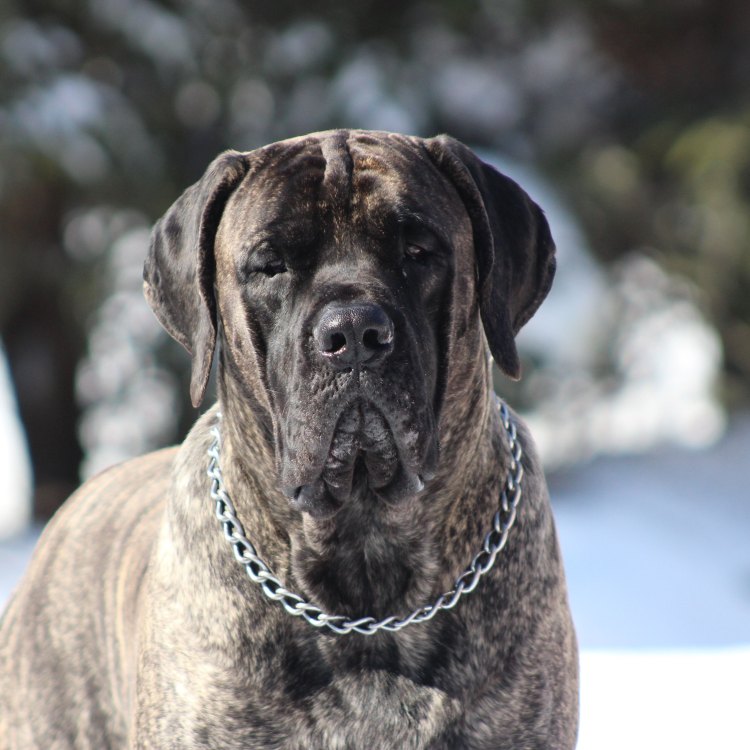
Mastiff
- Adult Size: Female: 28-33 inches, Male: 30-35 inches
- Average Lifespan: 8-10 years
- Reproduction: Sexual
- Reproductive Behavior: Breeding occurs between dogs
- Sound or Call: Deep bark
- Migration Pattern: Non-migratory
- Social Groups: Varies, can be solitary or part of a pack
- Behavior: Gentle, calm, and loyal
- Threats: Obesity, hip and elbow dysplasia, respiratory issues
- Conservation Status: Not Evaluated
- Impact on Ecosystem: No significant impact
- Human Use: Companion and guard dog
- Distinctive Features: Large size, wrinkled face, loose skin
- Interesting Facts: One of the world's oldest and largest dog breeds. Known for their gentle and protective nature.
- Predator: No natural predators
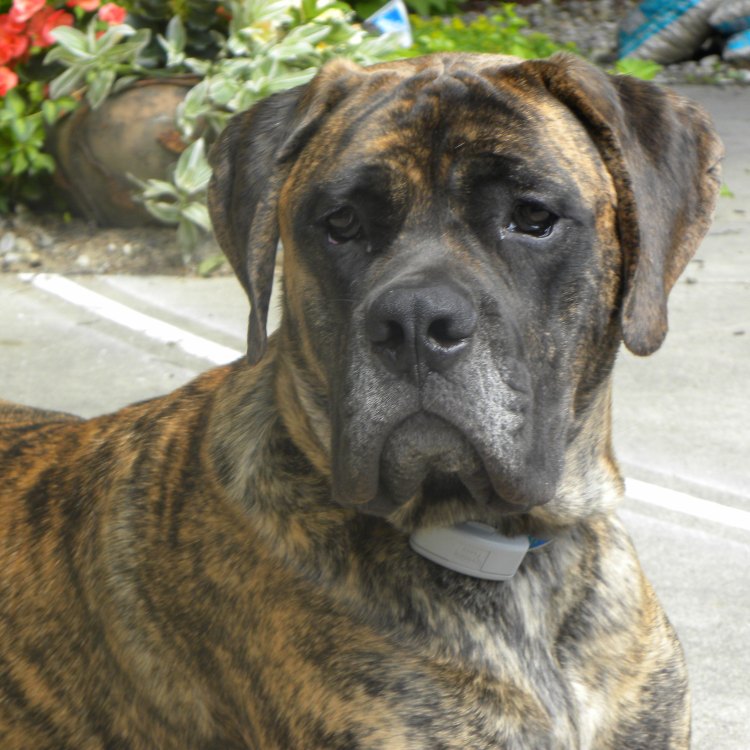
Canis lupus familiaris
The Gentle Giant: Exploring the Fascinating World of Mastiffs
When we think of the word "mastiff", the image of a large and intimidating dog immediately comes to mind. Yet, behind this stoic and imposing appearance lies a gentle and loyal companion that has captured the hearts of many dog lovers. This ancient breed has a long and unique history, as well as distinctive features that make it stand out from other dogs. In this article, we will dive into the world of mastiffs, exploring their size, behavior, threats, and conservation status PeaceOfAnimals.Com.The Size and Reproductive Behavior of Mastiffs
Mastiffs are one of the largest dog breeds in the world, with adult females ranging from 28 to 33 inches in height and males reaching between 30 to 35 inches. Their weight can range from 120 to 230 pounds, with some individuals even reaching up to 300 pounds. With such a large frame, it's no surprise that this majestic breed is often referred to as the "gentle giant". But how do they reach such an impressive size?Like most mammals, mastiffs reproduce sexually. Breeding occurs between dogs, with the female giving birth to a litter of 6-8 puppies. Unlike other breeds, mastiff puppies have a slower growth rate, and it takes them around 2-3 years to reach their full size. This slow growth rate is due to their large and heavy build, which requires more time for their bones and joints to fully develop. It's crucial for mastiff owners to be patient and responsible in providing proper nutrition and exercise for their pups to avoid any potential health issues.
The Behaviors of Mastiffs: Gentle, Calm, and Loyal
Despite their intimidating size, mastiffs are known for their gentle and calm demeanor Markhor. This breed was originally bred as guard dogs, making them highly protective of their owners and territory. They are not typically aggressive but can show signs of aggression towards strangers if they feel their family is in danger.Mastiffs are also known as loyal companions, with a strong bond towards their owners. They thrive on human companionship and strongly desire to be a part of their family. This makes them excellent family dogs, as they often get along well with children and other pets if properly socialized.
Mastiffs may appear lazy as they tend to sleep and relax most of the day, but they still need regular exercise to maintain a healthy weight and prevent boredom. A short daily walk or playtime in the yard is enough to keep them happy and healthy. It's important to note that mastiffs are sensitive to heat, so exercise should be done during cooler hours of the day to prevent overheating.
Threats to Mastiffs: Obesity, Hip and Elbow Dysplasia, and Respiratory Issues
As with any breed, mastiffs have specific health issues that owners should be aware of. One of the most common threats to mastiffs is obesity. This breed has a tendency to overeat, which, combined with their slow metabolism, can lead to excessive weight gain. Being overweight can put added strain on their joints and increase the risk of other health issues such as respiratory problems and heart disease. It's vital for mastiff owners to monitor their dog's diet and provide regular exercise to maintain a healthy weight.Another health concern for mastiffs is hip and elbow dysplasia. This is a developmental condition where the hip and elbow joints do not fit together correctly, leading to pain and difficulty walking. Mastiffs are genetically predisposed to this condition, so it's crucial to get them screened by a veterinarian to ensure early detection and proper treatment.
Mastiffs are also prone to respiratory issues due to their short snouts and heavy build. Their weight can put pressure on their airways, causing difficulty breathing, especially in hot and humid weather. It's essential to keep them in a cool and well-ventilated environment and avoid strenuous exercise during hot weather.
The Conservation Status of Mastiffs and Their Impact on the Ecosystem
Interestingly, the conservation status of mastiffs has not been evaluated, as they are not considered a wild species. This breed has been around for thousands of years, with evidence of their existence dating back to ancient civilizations. They are believed to be descendants of ancient dog breeds like the Molossian Hound, which were used in wars and hunting.As domesticated animals, mastiffs have no significant impact on the ecosystem. However, they have played an essential role in human society throughout history. They were used as companions, guard dogs, and even war dogs. In recent times, mastiffs are primarily used as companion dogs, showcasing their gentle and loving nature.
The Unique Features and Interesting Facts About Mastiffs
Mastiffs are distinct from other dog breeds, not only because of their size but also because of their distinctive features. They have large and wrinkled faces, which give them a serious expression. Their skin is also loose and hangs from their bodies, adding to their unique appearance.This ancient breed has also captured people's attention with its fascinating history and interesting facts. For example, did you know that mastiffs were used in ancient Rome to fight against gladiators? Or that they were used as search and rescue dogs in the Alps during World War II? Mastiffs have even been trained to track and protect endangered species such as rhinos and elephants in Africa.
No Natural Predators: The Ultimate Protector
Mastiffs have no natural predators, thanks to their impressive size and protective instincts. With their strong and muscular bodies, they can easily intimidate potential threats and protect their territory. This makes them ideal as guard dogs, as they will fiercely defend their family and home from any danger.Mastiffs are also not aggressive towards other animals, making them perfect for homes with multiple pets. They may even befriend smaller animals like cats or rabbits if they are raised together from a young age.
In Conclusion
In conclusion, mastiffs are a unique and fascinating breed that has been around for centuries. Their massive size, gentle nature, and impressive history make them stand out from other dogs. However, it's crucial for mastiff owners to be responsible and aware of the potential health issues associated with this breed. With proper care and love, mastiffs can be loyal and loving companions, creating a strong bond and lasting memories with their human family.
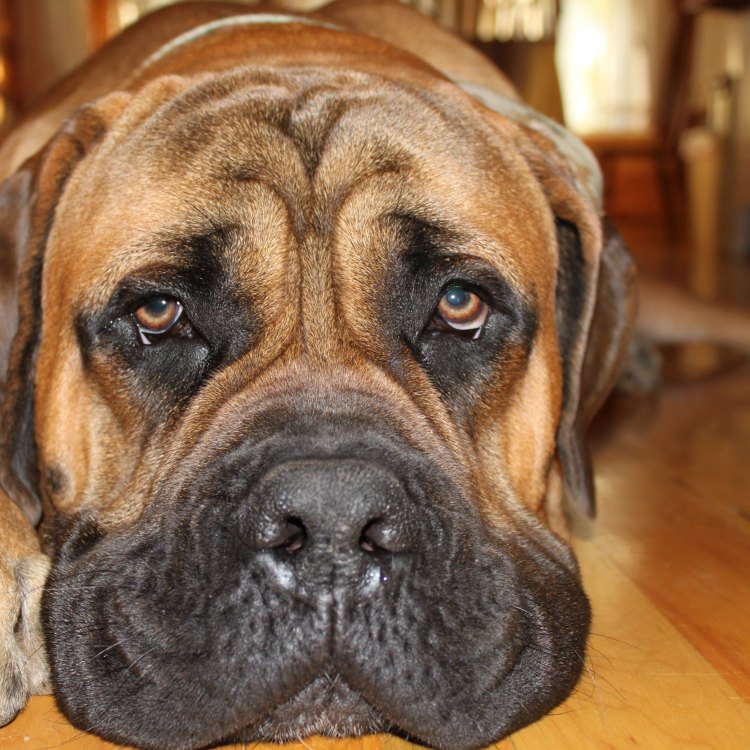
The Mighty Mastiff: A Guide to the Powerful Canine
Disclaimer: The content provided is for informational purposes only. We cannot guarantee the accuracy of the information on this page 100%. All information provided here may change without prior notice.




